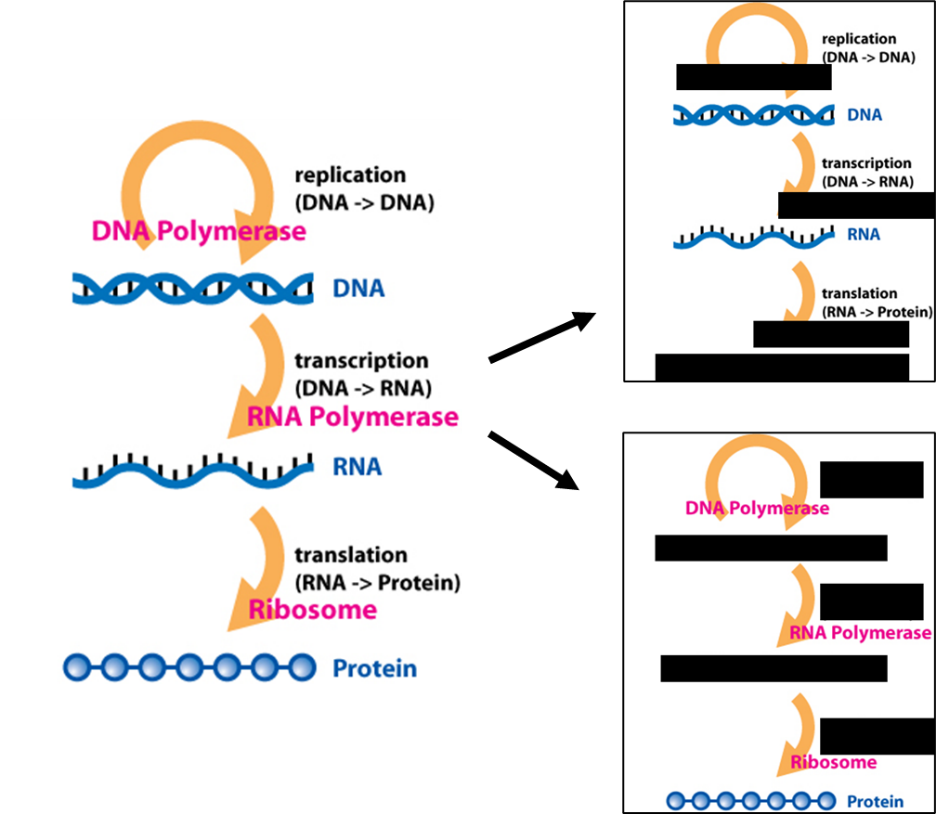2.3 How much chemistry will I need?
This is a very common question from students beginning a biological discipline. You will need to understand some chemistry! This text assumes some familiarity with basic concepts. For example, you should understand atomic structure, elements, periodicity and molecular structure. You will need to know about covalent and non-covalent bonding, polarity (electronegativity), ionisation, acids and bases, and pH. A knowledge of chemical reactions is important, so stoichiometry, oxidation-reduction chemistry and catalysis should be familiar concepts to you. A basic understanding of organic chemistry and the common functional groups is also very useful.
If these terms are unfamiliar, or you realise you need to refresh these concepts, it is worth spending some time reading an introductory chemistry text.
 Knowledge check: How is your chemistry?
Knowledge check: How is your chemistry?
This short diagnostic will test your knowledge of chemistry and provides links to further resources to help you get up to speed if necessary.
Help – this is all too abstract!
Biology at the molecular level is complex. It involves multiple processes that interact and impinge on each other. Life represents an emergent property of these processes acting together (see Chapter 3). So by definition it is impossible to understand these processes fully by looking at them in isolation. Things only start to make sense after you learn how they work together.
This is a problem when you first begin learning and it is normal for things to initially seem a bit abstract! That is, it is normal to learn about a process but not be completely sure about how it fits into biology in general. For example, consider how information flows through a biological system (see Figure 4.6). Genetic information is stored as discrete hereditary units called genes in DNA (a nucleic acid) and the information is transcribed to RNA (also a nucleic acid) before being translated into protein. Proteins are the functional products of genes.
It might thus seem reasonable to start your learning with DNA, since it represents the start of that process. The problem with this approach is that it is impossible to really understand how this transfer of information works without understanding proteins (the functional products of genes) in the first place! It is the proteins that facilitate the whole process.
In Figure 2.3 the proteins that catalyse this transfer of information are written in pink. DNA polymerase, a protein, makes new copies of DNA during cell division, RNA polymerase, another protein, makes an RNA transcript using the DNA as a template and ribosomes (a molecular machine made from many proteins and also RNA molecules) translate the information in the RNA into proteins.
Okay, so since proteins are important, then the answer might be to start with understanding what proteins are and how they work. But the problem now is that proteins are encoded by genes and therefore understanding proteins fully requires understanding how DNA works!
Whatever you start with will require drawing a ‘black box’ around something else, and things will only start to make sense once you understand enough concepts (see Figure 2.3). This example of the interplay between DNA and protein, which plagues most beginner biology students, also mirrors the situation the pioneers of molecular biology faced. These researchers made significant inroads into understanding processes such as inheritance or biological catalysis often with very limited knowledge of the biological molecules responsible.

Can it be less abstract?
One way to make things less abstract is to try to get an overview first. This will initially seem overwhelming, and you have to accept that lots of detail will be missing, but once you have a sense of the bigger picture, then as you learn things in more detail, they will fit easier in place. A quick way to get an overview is to follow the timeline of the major discoveries in biology which led to our current understanding of molecular biology. The major concepts will be revealed to you sequentially, it will be easier to remember new terms if you know their origins, and you will learn about DNA and protein in terms of their function.

